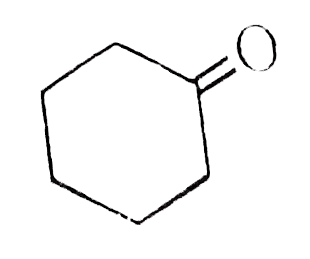Addition OF HBR to Unsymmetrical Alkenes Rearrangement OF Carbocation (Hydride Alkyl and Phenyl Shifts and Ring Expansion)
Step by step video solution for Addition OF HBR to Unsymmetrical Alkenes Rearrangement OF Carbocation (Hydride Alkyl and Phenyl Shifts and Ring Expansion) by Chemistry experts to help you in doubts & scoring excellent marks in Class 12 exams.
Updated on:21/07/2023Similar Questions
Knowledge Check
Alkenes undergo electrophilic addition reactions. Electrophilic addition to unsymmetrical alkenes involve the formation of a more stable carbocation intermediate in the first step which is rate determining and carbocation is then attacked by a nuclephile to form product
Which one of the following alkene reacts most readily with HCI?ACH2=CH−ClBCH2=CH−O−CH3CCH3−CH=CH−CH3D
Alkenes undergo electrophilic addition reactions. Electrophilic addition to unsymmetrical alkenes involve the formation of a more stable carbocation intermediate in the first step which is rate determining and carbocation is then attacked by a nuclephile to form product
 +H2OH2SO4−−−→ ProductAThe major product is
+H2OH2SO4−−−→ ProductAThe major product is BThe major product is
BThe major product is CMajor product give +ve Tollen's testDMajor product give +ve iodoform test
CMajor product give +ve Tollen's testDMajor product give +ve iodoform test
Electrophilic Addition Reaction || Rearrangement OF Carbocation
View SolutionRearrangement Reactions OF Carbocations(Ring Expansion And Ring Contraction Reaction)
View SolutionThe addition of HBr to an unsymmetrical alkene takes place in accordance with …….. Rule.
View SolutionMigratory Aptitude in different Reaction||Cyclic Ring Rearrangements OF Carbocation||Formation OF Carbocation in Different Condition
View SolutionThe alkenes have π-bonds which make them highly reactive. These undergo electrophilic addition reactions, addition of HX to unsymmetrical alkenes gives two products and follow Markovnikov rule and anti- Markovnikov rule. The addition occurs through the formation of carbocation in Markovnikov rule and free radicals in anti-Markovnikov rule. The ozonolysis reaction of alkenes helps to locate the position of double bond.
Write the major product in the following reaction:
CH3−CH3∣CH−CH=CH2HBr−−→
View SolutionThe alkenes have π-bonds which make them highly reactive. These undergo electrophilic addition reactions, Addition of HX to unsymmetrical alkenes gives two products and follow Markovnikov rule and anti- Markovnikov rule. The addition occure through the formation of carbocation in Markovnikov rule and free radicals in anti-Markovnikov zule. The ozonolysis reaction of alkenes helps to locate the position of double bond.
Predict the major product in the following reaction:
CH3−CH=CH2HBr−−−−−−→(PhCOO)2
View Solution
